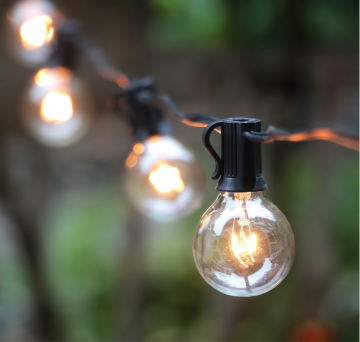Land ownership and freedom from religious persecution were the twin goals that motivated hundreds of settlers to come to America in the sixteenth and seventeenth centuries. Throughout the history of the United States, land ownership and especially home ownership has been part of the American Dream. Sometimes ownership has been conceptualized as the American Dream. For this reason, real estate is a big industry in America.
Lenders advance mortgage loans to the tune of billions of dollars in favorable market conditions. For people who like to live out in the country, purchasing land is their top priority. The reasons for wanting to own undeveloped or raw land varies from person to person. For example, members of the environmental movement put their money where their mouth is and construct environmentally-friendly homes on land that they own.
Such admirable pursuits aside, loans for land are the most practical way to acquire undeveloped property. These loans are known for charging higher interest rates because lenders want to protect themselves from the borrower defaulting, in which case they would be out a significant amount of money. The reason undeveloped land is less valuable than developed land is because there are no amenities like electricity or sewage systems.
Out in the country, it is hard to obtain regular electricity, water and heat. Sometimes land owners have to supply their own utilities. In addition, if the winters are fierce, they could find themselves snowed in for days or even weeks. These hazards amplify the risk for lenders. Loans for land are unlike other real estate loans such as investment property mortgages. These loans are meant for borrowers who either mean to developed land into residential property or commercial property.
Such loans are advanced on the basis of the borrower’s credibility just as much as on their finances. Loans for land let borrowers achieve their goals for property.











